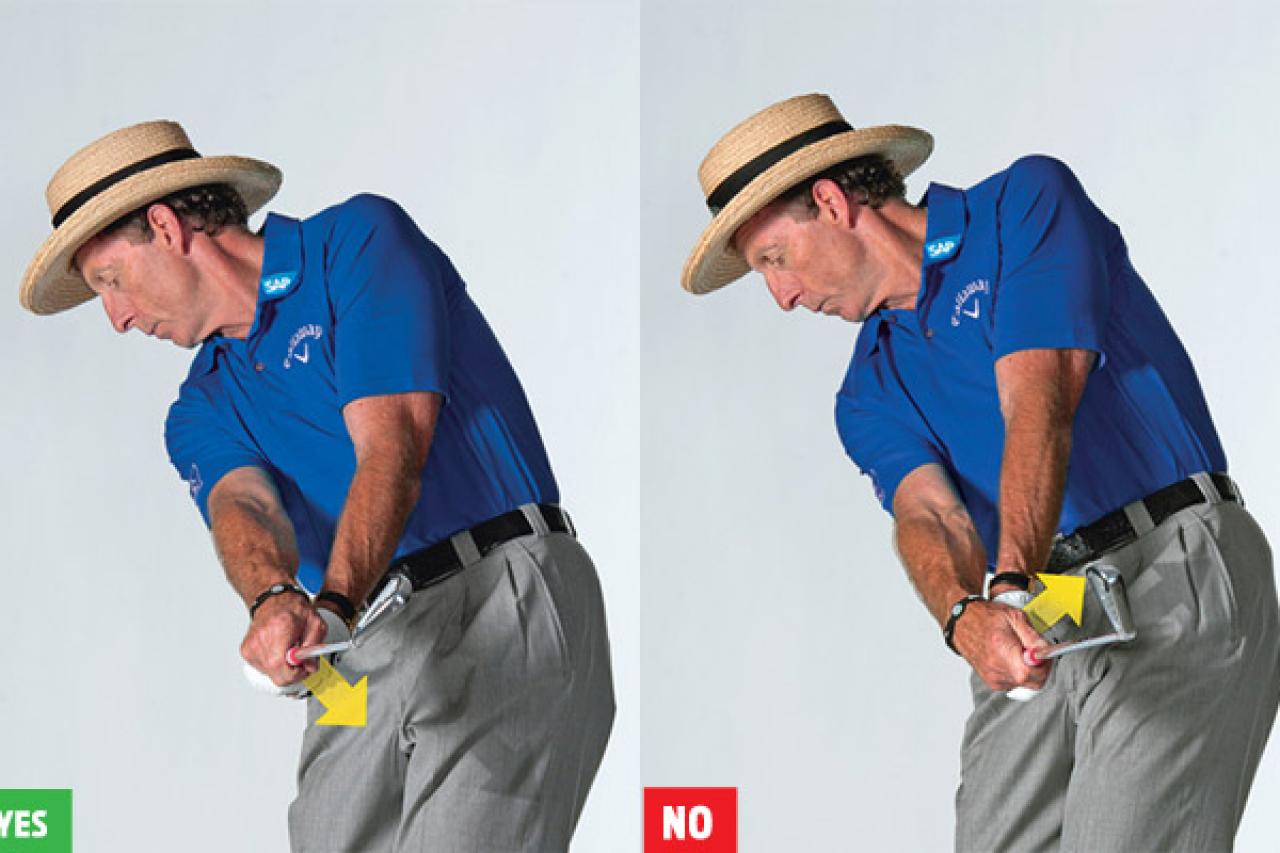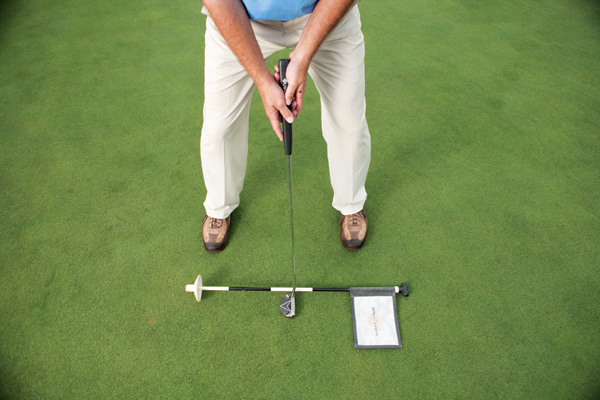
You probably own a golf club if you are a professional golfer. Having a good idea of the average distance you're able to hit a ball is a great way to improve your game. You can use a calculator to calculate the distance between your club and your preferred style of play. One can be found online or at your local driving area. The calculator isn't a magic bullet that will make your game better. It is important to use it correctly to get the best results.
The distance calculator for golf clubs does not consider the head angles of your clubs. It assumes that you have good contact with the ball. However, it will show you the typical golf club distances for your swing speed.
It's not as easy to determine the average club distance as it might seem. This is because the distance you actually hit the ball is affected by many factors, including your club type and the conditions you are playing in.

It's obvious that golf is difficult. It is difficult to hit a straight shot. You also have to consider the wind speed and the gradients on the course. The distance chart will help you improve your game, and make sure you get the most from your tee time.
Although the golf club distance calculator won't show you exactly where you'll end up, it can help you determine your abilities. It's not worth wasting your time trying to find the pin with a club too far away.
You'll find the most useful calculator for golf club distances is the one that you can use on your golf course. These calculators allow you to compare the distances of different clubs in the same area and also show you the best club for the job. Learning the distances from all the clubs you have will make it easier to get to the hole in a fraction the time.
For more detail calculations, you will need to use the comprehensive golf club distances calculation. Alternatively, you can try a simple comparison of the length of your shots. While this isn't as practical as a calculator it can be fun and useful.

You'll want to check out the FlightScope Mevo Portable Launch Monitor for your golf club distances calculator. It can measure your swing speed as well as the angle of your club to help determine the best distances.
A distance chart can be an excellent tool for improving your game, regardless of whether you are a veteran or just starting to play. Use the chart's most significant features to find out what is working well and what isn't.
FAQ
What are the types of golf courses offered?
There are many types of golf courses. Some courses are made for beginners, others for more experienced players.
Some golf courses can be found near lakes, rivers and mountains. Some are located in urban areas. You will find everything from public golf courses to private estates.
How can a golfer score points on the course?
Points can be awarded based upon how well a player does in a competition. You have many options for scoring points in golf. For example, a player could win a tournament outright by scoring more than anyone else. Another option is for a player to finish second in a tournament, and receive half of the prize money that was won. Points are also awarded for finishing in places 3rd through 10th. These extra points are known by the "strokes."
These official competitions are not the only ones that award points. There are also many unofficial events which award points to the highest performing players. Bonus points can be awarded in certain cases to players who perform well in a particular event.
What is a golf ball like?
Most golf balls are made from rubber or plastic. Its surface has dimples which make it bounce when hit.
Statistics
- Professional golfers typically make between 60% and 70% of greens in regulation. (en.wikipedia.org)
- They do this by means of assessing and rating courses according to the average good score of a "bogey golfer," a player with a handicap of around 20. (en.wikipedia.org)
- Professional golfers typically make between 60% and 70% of greens in regulation. (en.wikipedia.org)
- They do this by means of assessing and rating courses according to the average good score of a "bogey golfer," a player with a handicap of around 20. (en.wikipedia.org)
External Links
How To
How do you play better golf in windy conditions?
Golf is a game played outdoors in open spaces on well-kept grassy areas. It is one among the most popular games in the world. There are many different types of golf courses all over the world. Indoors, golf is also possible at malls and indoor arenas. Each hole has a number of holes where players have to hit the balls. Each hole is equipped with a fairway, rough and hazards (e.g. water) Depending on the type shot needed, players may use a driver (wedge, wedge, long-iron, or putter). According to the course rules, players may need to carry the ball for a specified distance before hitting it. Or they may only need to drop the ball into the cup. The conditions that a player experiences when playing outdoors golf can have an impact on how they hit their shots. These conditions include wind speed, temperature, humidity, visibility, and visibility.
There are two types of winds: headwinds and crosswinds. Headwinds blow from the right to the left and crosswinds are from the left. If the wind blows toward the golfer it means that he/she hits against the wind. But if it blows away from him/her it will mean that he/she hits with the wind. It is difficult to play in strong wind because the ball will fly further and higher. This makes it harder for the player controlling the ball's trajectory. To overcome these problems, players should keep their club faces perpendicular towards the ground. They strike it in a way that makes it contact the ball fully and maximizes its power. The ball will fly farther in stronger winds, but it will fly lower in stronger winds.
Playing golf in the wind requires a lot of practice. The wind influences the ball's flight path. Good golfers should know the current wind conditions in their area. He/She will adjust their swing to match the wind conditions so they can hit the ball straight and without losing energy. You should also consider where the wind is blowing. Wind doesn't travel in the same direction. The breeze from the ocean is typically very light but is stronger closer to the shore. Similarly, the wind blows strongest close to the ground. Golfers should pay close attention to wind direction and intensity because of these factors.
In summary, playing golf in the wind requires constant adjustments to your swing. You need to watch the wind and make sure that your swing is aligned properly. Learn how to read the winds and adjust your swing accordingly.